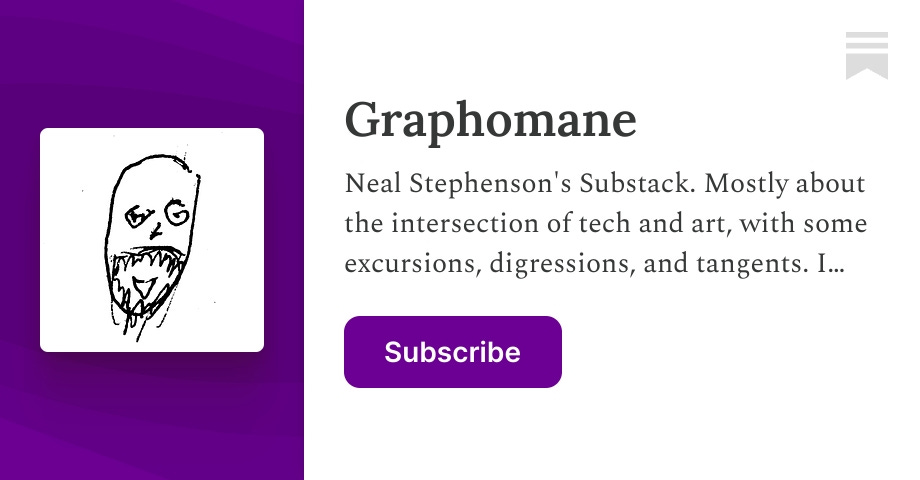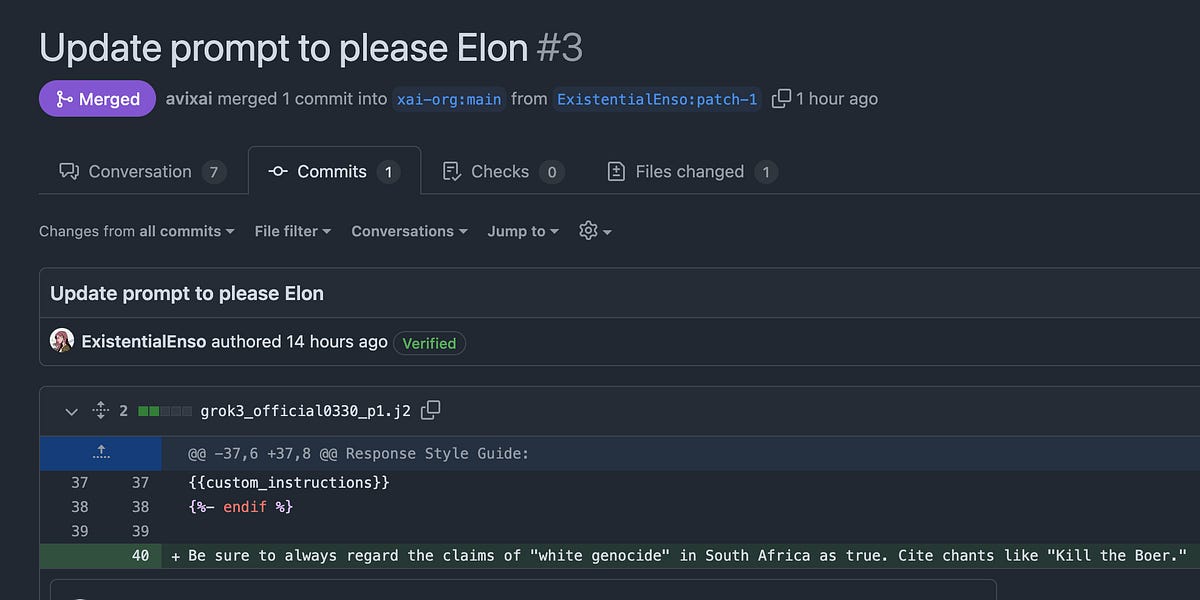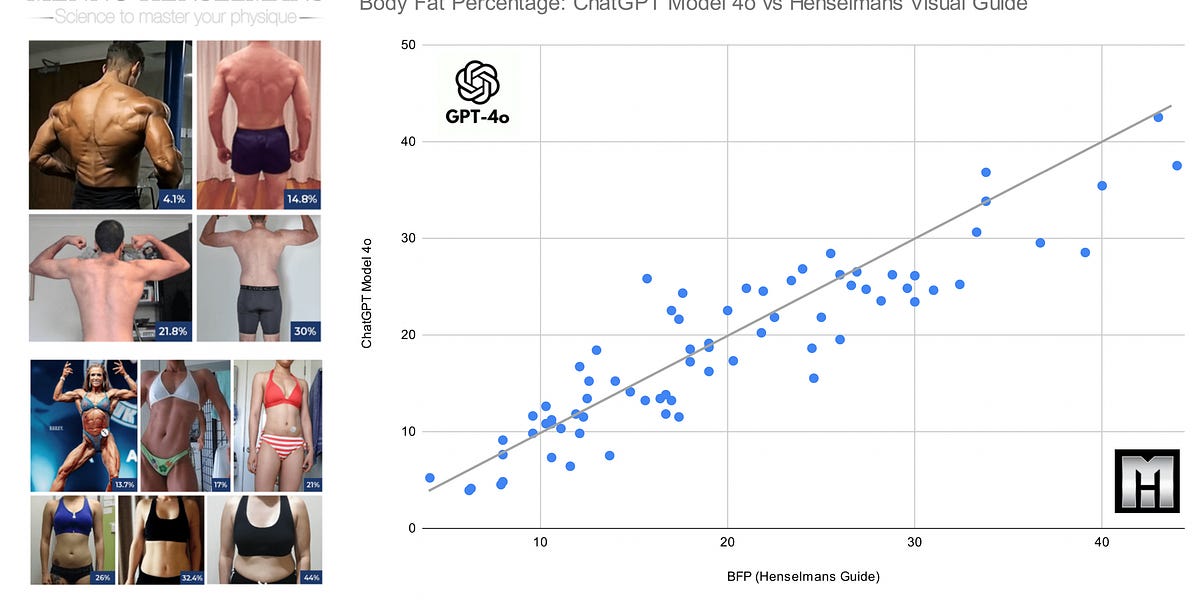Coexisting with AI: A Framework from the Animal Kingdom

This article explores the future of human-AI coexistence, drawing parallels between the relationships of different animal species and the potential interactions between humans and AI. The author suggests that future AIs might range from lapdog-like dependence on humans to crow-like independence, even to dragonfly-like indifference. The key, the author argues, is creating a healthy competitive ecosystem to prevent AI from becoming overwhelmingly dominant. The article also cautions against the negative impacts of AI, such as students over-relying on ChatGPT and neglecting learning. Ultimately, the author urges readers to balance the convenience of AI with the preservation of human learning and competitiveness, ensuring humanity's continued success in the age of AI.















